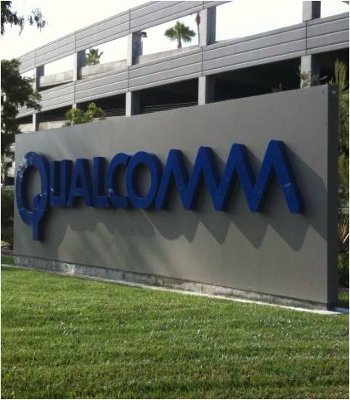Qualcomm's upcoming Snapdragon S4 processor, featured inside the recently announced HTC One X, has already garnered plenty of good press after benchmarks emerged showing it blew everything else out of the water in terms of CPU performance. Although the S4 is no slouch when it comes to graphics either, its Adreno 225 GPU is just a souped-up version of the older Adreno 220 and probably won't be as competitive by the time Samsung's Galaxy S III and the iPhone 5 arrive.
To this end the company kicked off its Mobile World Congress announcements by unveiling a "Pro" variant of the S4 MSM8960 processor featuring a much faster Adreno 320 GPU.
"As a result of strong customer demand for Snapdragon S4 processors, we've added a new Pro version of MSM8960 to continue delivering the highest performing mobile processors in the industry," said Cristiano Amon, senior vice president of product management at Qualcomm. "By delivering the S4 Pro processor in 2012, we are fulfilling our promise that Snapdragon processors will remain the industry's barometer for excellence in mobile computing while helping our customers bring the most innovative smartphones and tablets to market."
The S4 Pro will feature the same dual Krait cores as the MSM8960 but the Adreno 320 GPU will reportedly provide up to a 400% boost in graphics performance. It is expected to land in devices during the second half of this year and will initially be targetted at tablets and laptops running Windows 8.
The S4 Pro will support the latest 3D APIs, enabling more realistic graphic effects through hardware acceleration of advanced rendering features like instancing, occlusion queries and multiple render targets. It will also support the OpenCL framework, allowing for the GPU to be utilized for non-graphics tasks, and will even enable light-field cameras (similar to Lytro) to be integrated into smartphones.
Qualcomm also said it is excited about the potential of its Snapdragon S4 Pro for Windows 8 tablets and laptops, where the company is expected to compete with players like Intel and Nvidia.
